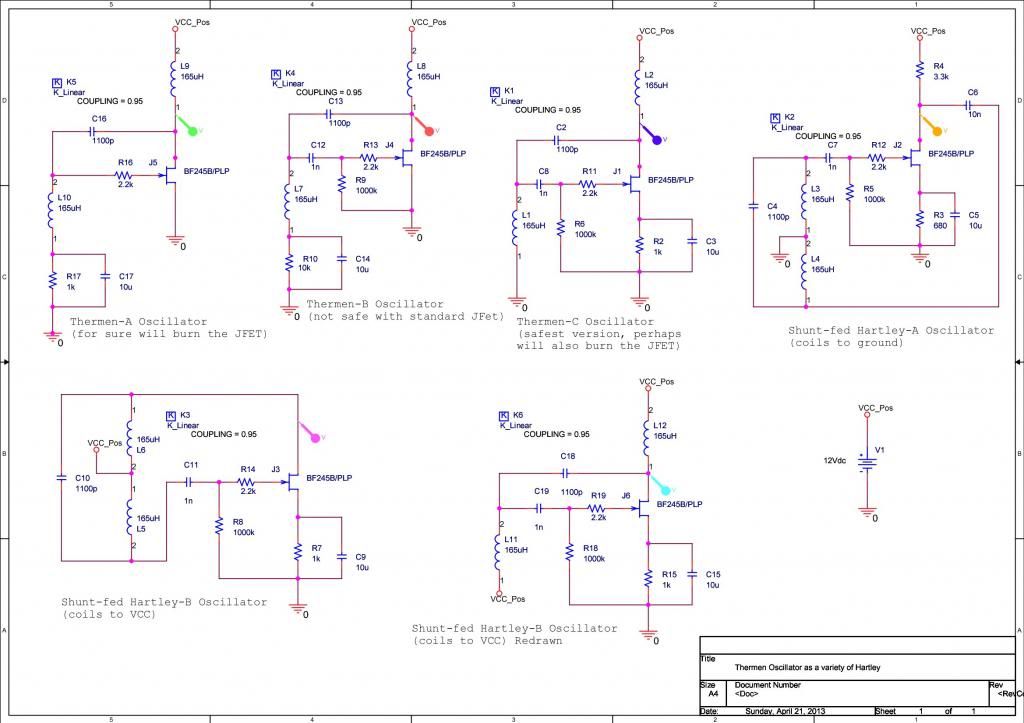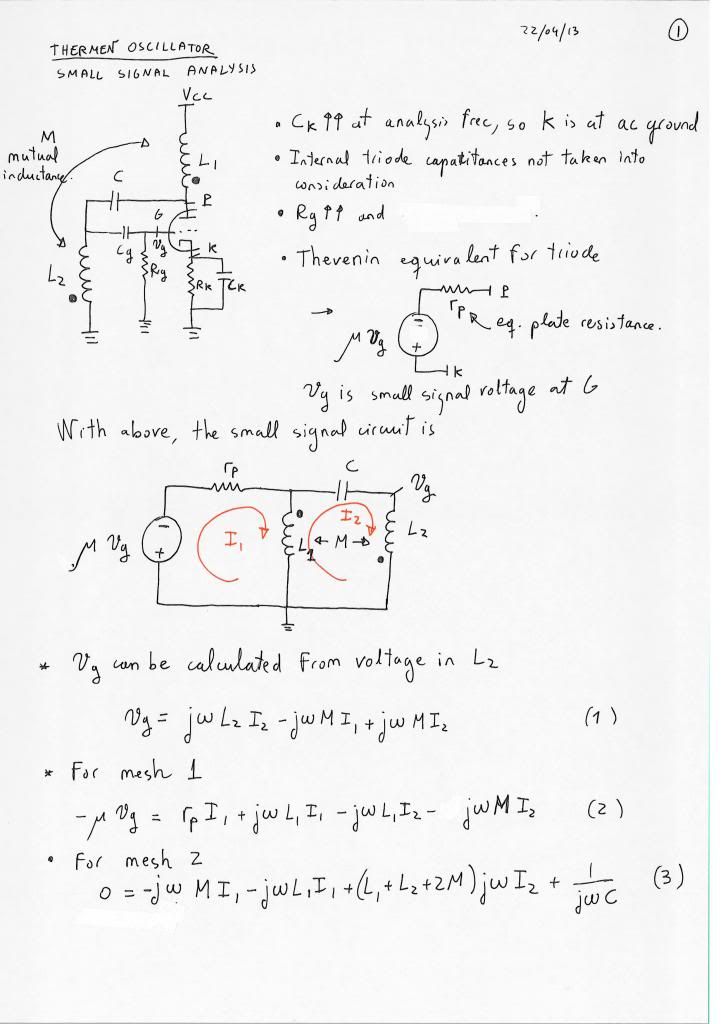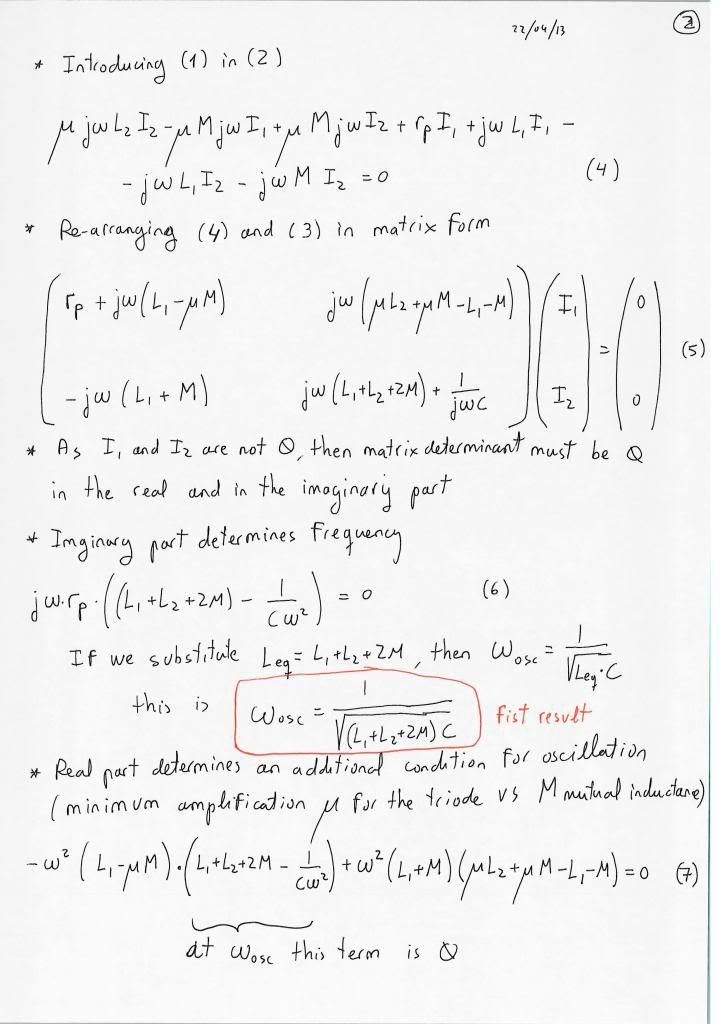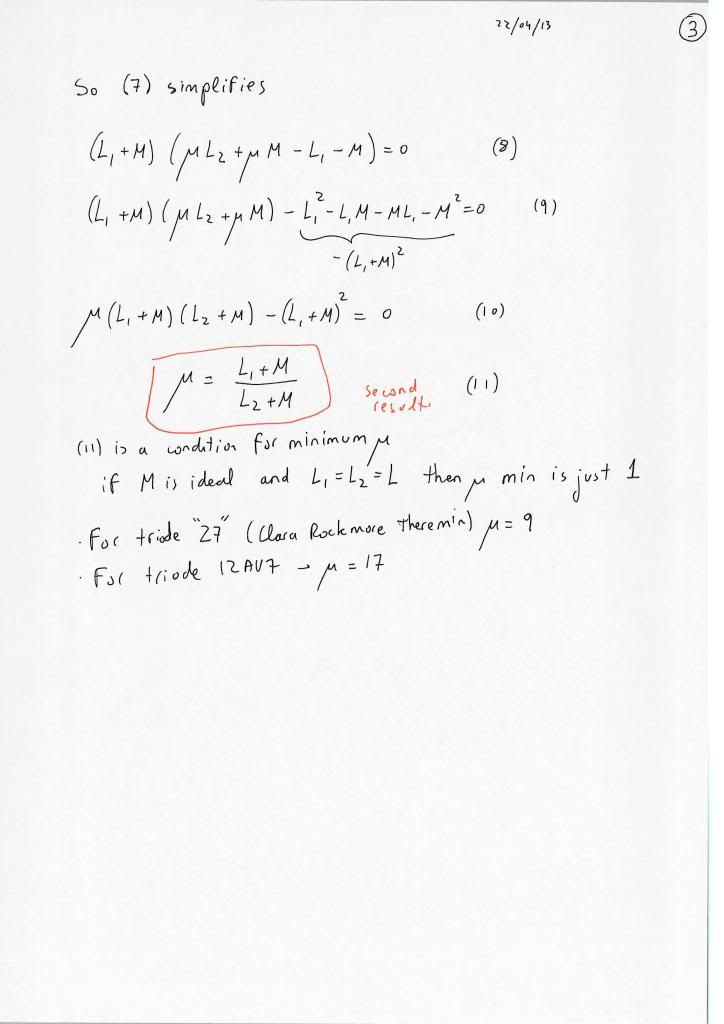"Also just to rely in "simple" configurations for the mixer (double gate JFET that is "equivalent" to a tetrode, JFET in cascode) probably will work, but again the distorted modes of a JFET does not approximate to a triode, not to say to a tetrode. Also a Gilbert cell distorting is possibly not the same of a tetrode." - Juan
I have not messed with tube mixers on this project - And simulations without accurate models aint worth it IMO..
So my focus was on Jfets and combining Jfet with BJT.. Got some real nice results, but not what I was seeking.. Could create a quite-like-Lev waveform for some specific frequency, but not the harmonic variation with frequency that I have seen on samples.. The only way I found of doing this was by having a CV generated from the pitch, and using this CV to vary the biasing / levels at the mixer..
This then led to me using H11F1 opto isolated FETs (I love these parts! ;-) with active control-current based variations as a function of frequency.. Lovely, but complex.. And the whole "design" had moved into the uncomfortable area of being developed on the bench, substituting components to 'trim' the sound.. Ok for a simple circuit you can evaluate easily and then hone for production, not nice for a complex circuit - too many possible variations at production.
So I abandoned this direction (and really the whole "Lev clone" direction) - Using my sub-sampling topology, I can create a single waveform at reference oscillator (fixed) frequency through analogue additive synthesis, can vary each harmonic in real time as a function of difference frequency and/or volume, these 'profiles' can be stored digitally as 'presets'.. and this waveform is produced perfectly at audio frequency by using the variable oscillator as the sampling clock..
The entire audio path is analogue, and all I need is a set of good samples from any theremin and it should be possible to produce pitch / volume / harmonic profiles that can be stored to replicate that theremin.. No need for DSP or digital audio processing of any kind, no quantising errors or "zipper" noise, and the natural distortion of wave shape as pitch is changed on a normal heterodyning theremin being duplicated identically with this topology..
IF I do choose to continue developing a 'cloning' instrument, I am quite sure this is how I will do it.. But I am not sure that I will - Not in the near future at least... I have a custom theremin IC to launch first - it doesnt do "cloning" but it does do register switching and produce a lot of waveforms which can be mixed - A mixed signal / analogue "Epro+" mixer / audio engine on a chip (mostly - a few off-chip items required and some extra functions which require some external semiconductors)
BUT - IF you can make a simple mixer which behaved like a Lev mixer, and if you can replicate the post-mixer behaviour simply, you (or whoever did this) could be onto a winner - and deservedly so - Because its not as easy as it first seems to be ;-)
I think the H11F1 route was the closest I came, and I would certainly advise anyone playing with tube emulation to try these parts - the voltage across the Fet must be kept low for low distortion, but push this voltage up to where it starts to distort, and one gets lovely 'tube like' qualities.. Go higher anf you get a distorted grunge... In a theremin mixer they are great as DC control elements - but the LED's are slow, so as an actual mixer one needs to be down at <300kHz if one wants to produce any higher frequency harmonics.. Combining Jfets and H11F1's to mix HF and control biasing / gains was my most fruitful combination..
Also, there is a lot of variation between the H11F1's - The LED current / transconductance ratios are huge.. If you want to avoid preset potentiometers, NOT the parts to choose for production! .. at least, not in an application like this!
Fred.






